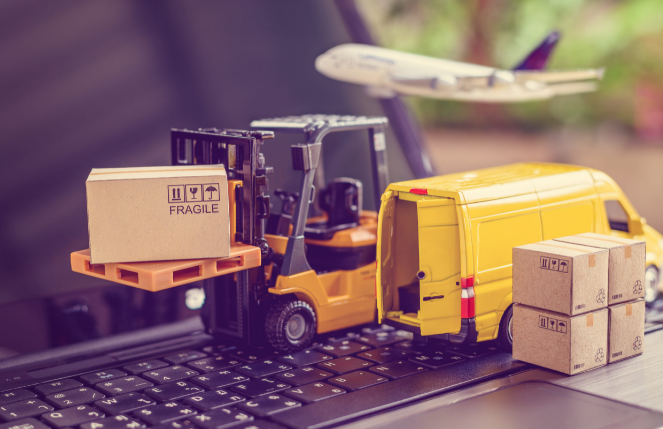Online shopping continues to dominate the retail space. As more and more consumers look to online shopping rather than visiting physical retail locations, order fulfillment responsibilities of businesses become more and more challenging. For example, many consumers default to Amazon as a result of their prime shipping options rather than the quality of their products. Typically this can result in less business for smaller organizations as their shipping times are longer, on average, than organizations like Amazon. While customers’ shipping expectations continue to become harder to meet, more and more companies continue to struggle to keep up.
While the order fulfillment process of every organization is different, there’s one phase that remains true throughout: last mile delivery. This is the phase in which a purchased product moves from the fulfillment center it was being held at to the final point of sale. This is often the phase in which many smaller scale businesses struggle compared to titans like Amazon. If your organization’s last mile delivery is lacking, it is likely negatively affecting online sales.
Believe it or not, for a number of years, last mile delivery didn’t exist. In fact, online shoppers of old would place orders and not receive tracking information nearly as sophisticated as online shoppers do today. In most instances, online customers’ orders would arrive as quickly as a company could ship the product to them. There weren’t such wild expectations when it came to shipping. However, as more and more companies like Amazon continue to reign over the space, shipment expectations continue to rise.
The problem is, for many smaller businesses operating today, delivery is only half of the problem. The other half is keeping up with order volume as a result of the pandemic and more and more customers opting into online shopping rather than visiting physical retail locations. How can these businesses remedy their delivery issues, though? The best bet is through an inventory management system and warehouse space spread out throughout the country meant to decrease the distance between customer and supplier. With an established set of facilities meant to store your products, you open yourself up to more customized delivery options that could benefit your customers. In addition to this, supplying your customers with rigid tracking for their placed orders has become a must.
If you feel as though your online sales have been slipping, it may be worth reconsidering your current last mile delivery strategy. Without a more fleshed out order fulfillment strategy, you are at risk of your regular customers not returning to your business as a result of long shipping times. It goes without saying that this would then leave your organization at a competitive disadvantage and could result in less profits as a result. For additional information on how Last Mile Delivery impacts your business, be sure to review the accompanying resource featured alongside this post. Courtesy of WAREHOWZ

